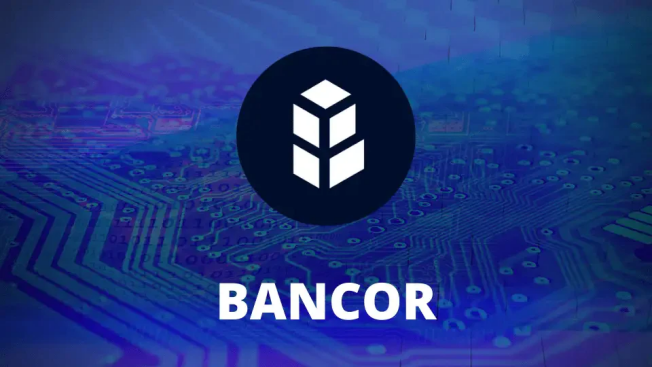
With the rapid development of decentralized finance (DeFi), the BNT token, as the core token of the Bancor protocol, has become increasingly eye-catching in the market. This article will delve into the market performance of the BNT token and analyze its interaction with the entire DeFi ecosystem.
1. The rise of DeFi ecosystem and the demand for BNT tokens
Since its launch in 2017, the Bancor Protocol has occupied an important position in the DeFi ecosystem as the first decentralized automated market maker (AMM). With the rise of the DeFi market, more and more users and projects choose to provide liquidity and asset transactions through the Bancor protocol. This trend directly drives the demand for BNT tokens, because BNT, as the core token of the protocol, is responsible for the transfer of value between different liquidity pools.
Especially after the launch of Bancor V2.1, the market demand for BNT tokens has further grown. The permanent loss (IL) protection mechanism and unilateral liquidity function introduced in the V2.1 version have made more users willing to participate in liquidity provision, thus increasing the demand for BNT tokens. These innovative features not only improve the liquidity of the Bancor protocol, but also make BNT tokens a hot asset in the DeFi market.
2. Price fluctuations and market sentiment of BNT tokens
The market price of BNT tokens is affected by a variety of factors, including fluctuations in the overall cryptocurrency market, upgrades to the Bancor protocol, and changes in market sentiment. Since its launch in 2017, the price of the BNT token has experienced several wild swings, mostly related to the high volatility of the cryptocurrency market.
However, unlike other cryptocurrencies, the price fluctuations of the BNT token tend to be closely correlated with the launch of upgrades and innovative features of the Bancor protocol. For example, when Bancor V2.1 was launched, the price of BNT tokens experienced a significant increase, which reflected the market's high recognition of the innovative features of the protocol. Similarly, whenever the Bancor protocol announces collaborations or integrations with other DeFi projects, the market price of the BNT token will fluctuate accordingly.
3. Interaction with other DeFi projects
The Bancor protocol is not just an independent DeFi project, it also works closely with other DeFi projects to jointly promote the development of the entire ecosystem. As the core token of the Bancor protocol, the BNT token plays an important role in these cooperations. For example, when other DeFi projects choose to include their tokens in Bancor’s liquidity pool, trading demand for these tokens further drives demand for the BNT token.
In addition, the BNT token can also serve as an intermediary for cross-protocol liquidity, making it even more widely applicable in the DeFi ecosystem. As more and more DeFi projects integrate with the Bancor protocol, the market demand for BNT tokens is expected to grow further.
4. Future prospects of BNT tokens
As the DeFi market continues to expand, the role of BNT tokens as a core liquidity tool will become increasingly important. In the future, with the continuous upgrade of the Bancor protocol and the launch of new features, the value potential of BNT tokens will further increase.
In addition, as more DeFi projects choose to cooperate with the Bancor protocol, the market demand for BNT tokens is expected to continue to grow. For those looking for stable investment returns in the DeFi market, the BNT token is undoubtedly an option worth paying attention to.
Overall, the market performance of BNT tokens is closely related to the development of the DeFi ecosystem. As the market continues to change, the value potential of BNT tokens will continue to grow and become one of the important assets in the DeFi field.